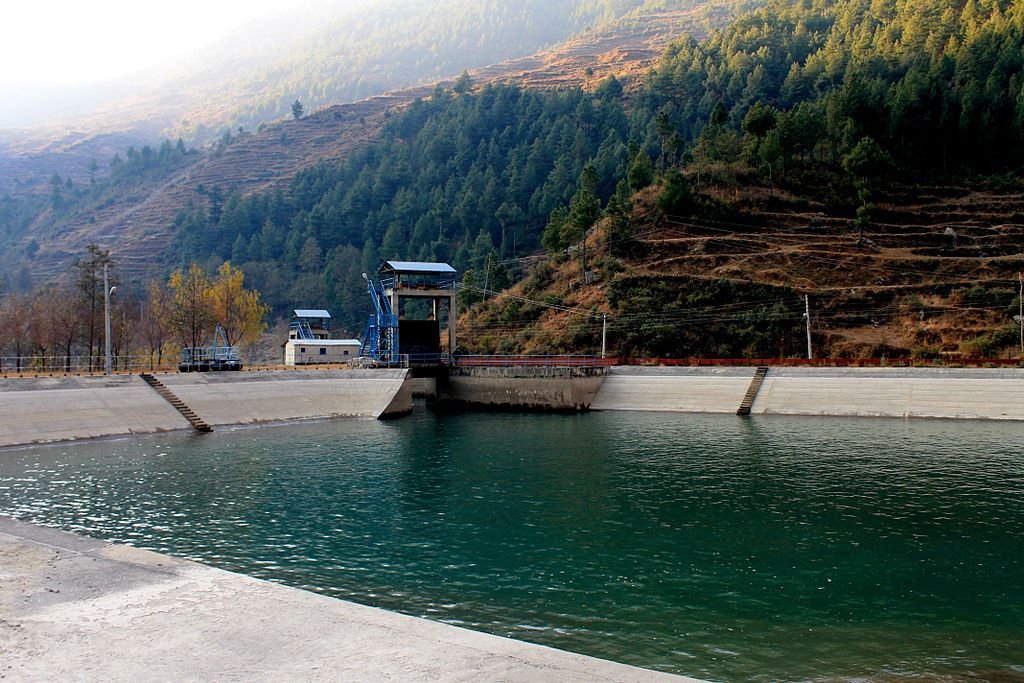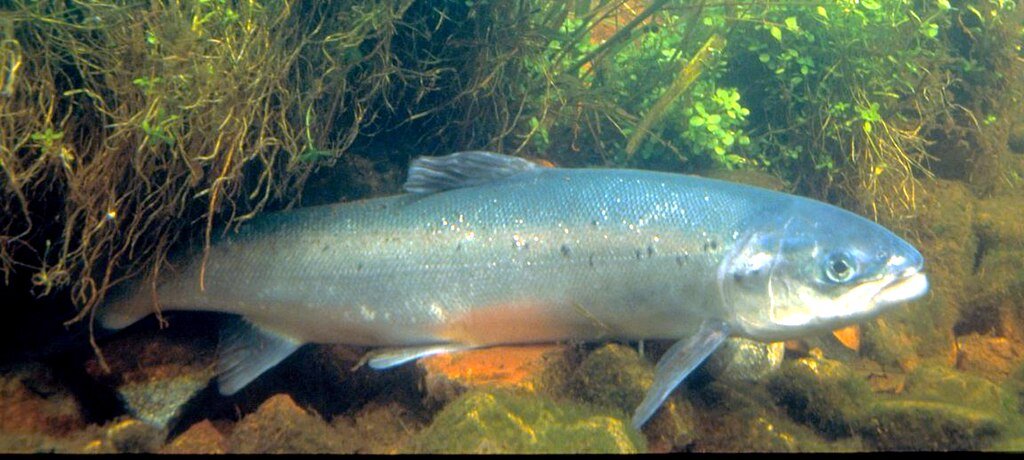Pharmaceutical pollution is an emerging global issue, with over 900 active substances detected in waterways worldwide. Recent studies reveal that even trace amounts of drugs, such as the sedative clobazam, can significantly alter the behavior and migration patterns of Atlantic salmon (Salmo salar). These findings highlight the far-reaching consequences of human activity on aquatic ecosystems.
The Impact of Clobazam on Salmon Migration

Researchers conducted a field study in Sweden’s River Dal, attaching slow-release pharmaceutical implants and tracking transmitters to juvenile Atlantic salmon. Salmon exposed to clobazam showed increased migration success, reaching the Baltic Sea more efficiently than untreated fish. They also navigated hydropower dams—common obstacles—more quickly. Laboratory experiments further revealed that clobazam altered shoaling behavior, suggesting drug-induced changes in social dynamics and risk-taking.
Behavioral and Ecological Consequences
While increased migration success might seem beneficial, the behavioral changes induced by pharmaceutical pollutants can disrupt natural ecology. Altered risk-taking and social behaviors may affect predator-prey dynamics, reproduction, and overall ecosystem balance. These unintended consequences underscore the complexity of pharmaceutical pollution’s impact on wildlife.
Global Implications of Pharmaceutical Pollution
Pharmaceuticals enter aquatic ecosystems through wastewater, improper disposal, and industrial effluents. Their persistence and ability to target conserved neurobiological pathways make them particularly concerning. The study emphasizes the need for improved wastewater treatment and global awareness to mitigate the effects of pharmaceutical pollution on wildlife.
Future Research Directions

Further studies aim to explore the long-term impacts of pharmaceutical exposure on salmon populations and other aquatic species. Researchers are also investigating the cumulative effects of multiple pollutants and their interactions within ecosystems, paving the way for comprehensive conservation strategies.
Conclusion
The influence of pharmaceutical pollution on salmon migration highlights the interconnectedness of human activity and wildlife behavior. By addressing these challenges, we can work toward preserving aquatic ecosystems and ensuring the survival of species like Atlantic salmon.
Source:




